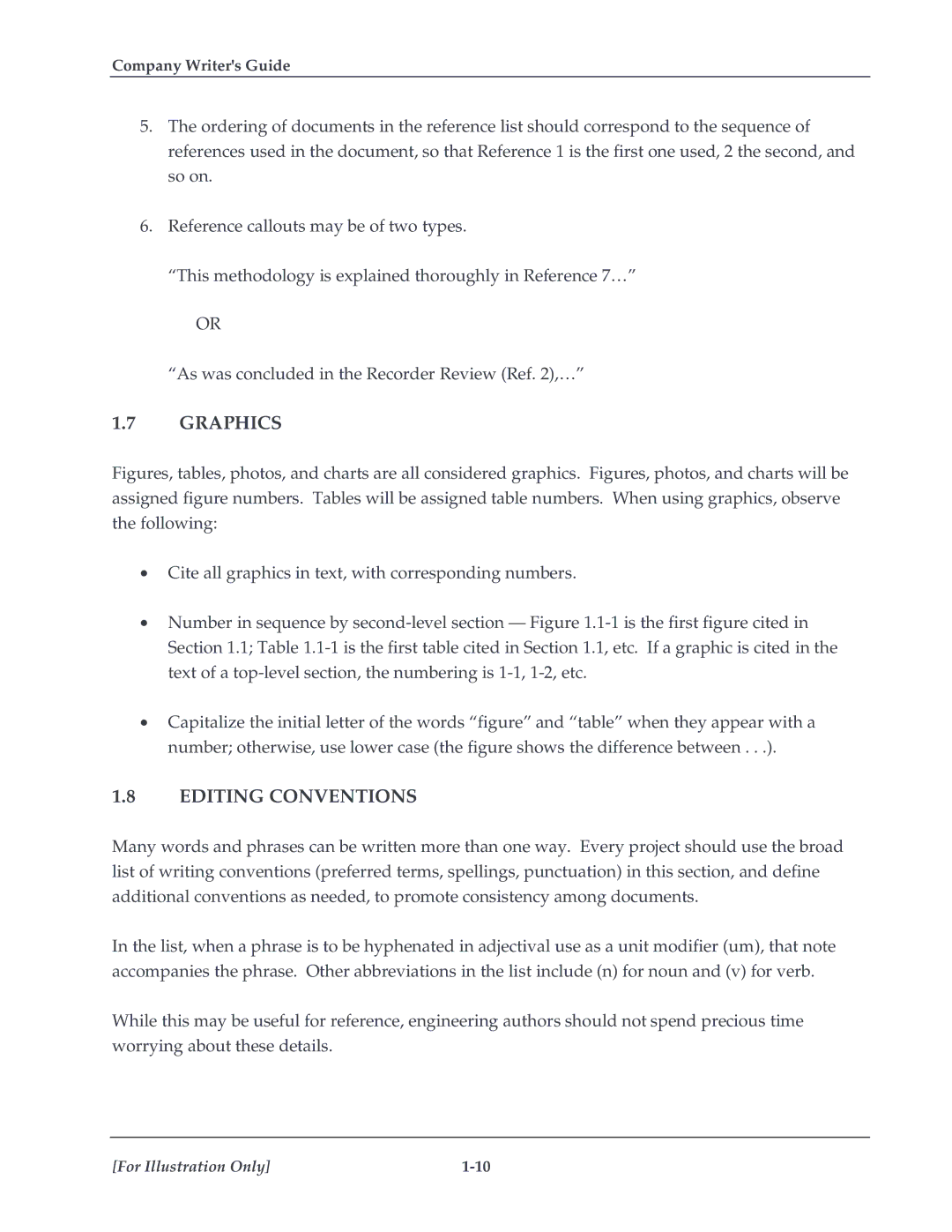TextEngineer Technical Writing Guide specifications
HP TextEngineer is an innovative technical writing tool designed to streamline the creation of documentation for software, hardware, and other technical subjects. Tailored for professionals who aim to produce high-quality content efficiently, the HP TextEngineer offers a variety of features and technologies that set it apart in the realm of technical writing.One of the main features of HP TextEngineer is its intuitive user interface, which allows writers to focus on content creation rather than getting bogged down by complicated software navigation. The interface is designed to be user-friendly, providing easy access to the essential tools needed for drafting and editing technical documents. Users can easily insert images, tables, and diagrams, making it simple to present complex information in an understandable manner.
Another notable characteristic of HP TextEngineer is its collaboration capabilities. The tool supports real-time editing, enabling multiple writers to work on the same document simultaneously. This feature encourages teamwork and enhances productivity, particularly in environments where technical documentation is a collective effort. Additionally, the software includes version control, which keeps track of changes and allows users to revert to previous versions if necessary.
HP TextEngineer also leverages advanced technologies such as artificial intelligence and machine learning to assist writers. Intelligent suggestions for content improvement, grammar checks, and style recommendations help authors refine their work, resulting in clearer and more concise documentation. These technologies assist in automating repetitive tasks, allowing writers to focus on more critical aspects of their projects.
Another significant aspect of HP TextEngineer is its support for various output formats. Whether a company needs to produce PDFs, HTML documentation, or ePub files, HP TextEngineer can accommodate these requirements effortlessly. This flexibility ensures that technical documents can be distributed across multiple platforms while retaining their original formatting and integrity.
In addition to robust writing tools, HP TextEngineer incorporates templates tailored for specific industries and document types. This feature helps writers maintain consistency in style and layout, which is critical in professional documentation. By utilizing these templates, teams can create cohesive documents that align with organizational branding and standards.
In summary, HP TextEngineer emerges as a powerful tool in the technical writing domain, equipped with user-friendly features, collaboration capabilities, AI-driven assistance, diverse output options, and customizable templates. As technical writing increasingly becomes a vital component of successful project execution, tools like HP TextEngineer are essential for producing high-quality, precise documentation that meets the evolving needs of industries.

